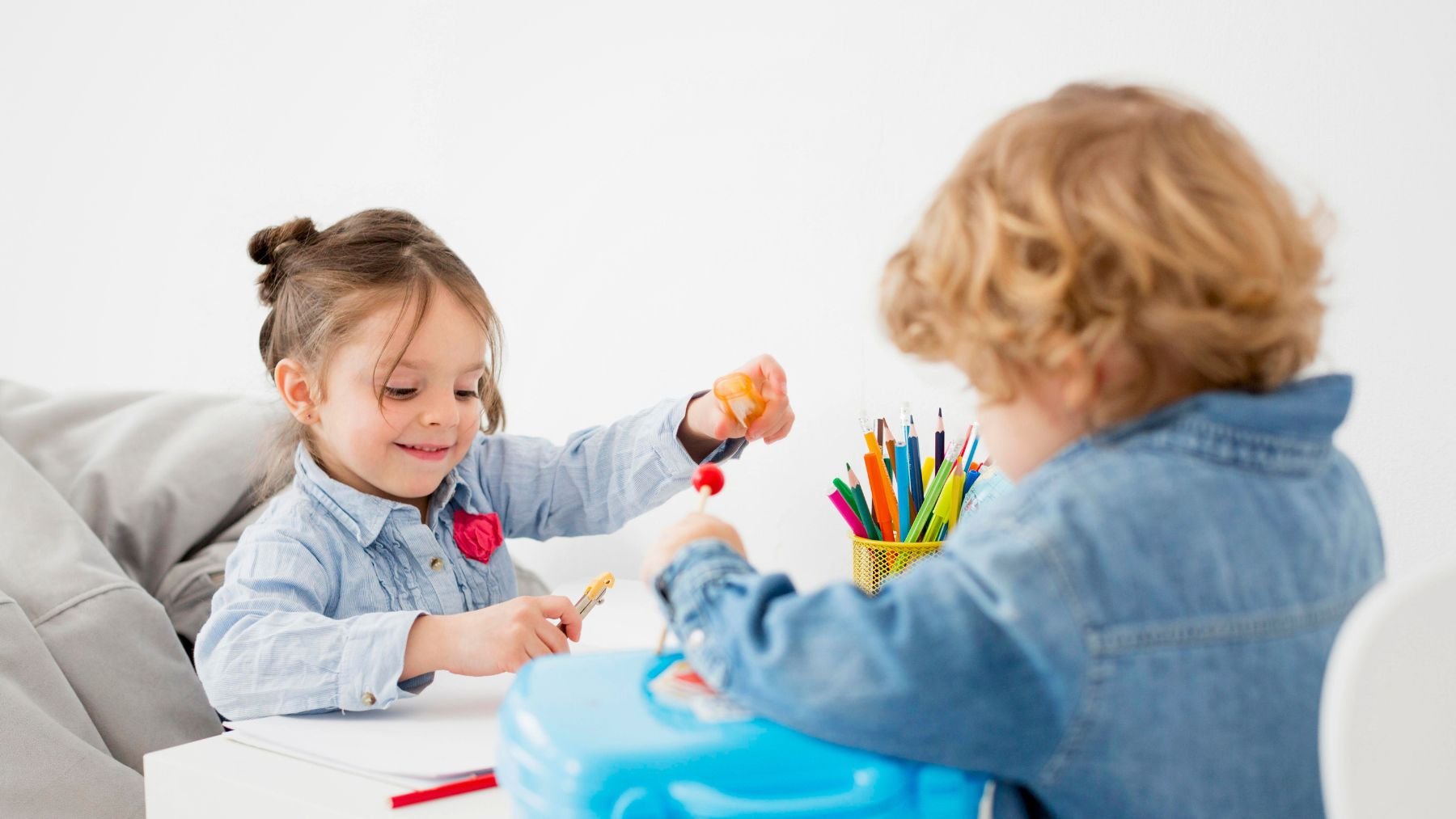Developing focus in toddlers can often be challenging. There is activity that is both simple and suited to their stage of cognitive, sensory, and motor development. We’re referring to games of visual association, where toddlers learn by connecting various pictures, shapes, or objects through an understanding of their relationships.
In the following sections, we’ll explore why visual associations are so potent in boosting toddler attention, outline the key benefits—from improved working memory to enhanced categorization skills—and share engaging examples that incorporate concepts from sensory integration and early STEM learning.
How does this activity build focus for toddlers
Visual associations offer the right level of challenge for toddlers and young children up to age 7. During these pivotal early years, their brains are highly primed to form connections between visual stimuli.
Activities that require linking related images, sorting objects by color or shape, or identifying matching pairs demand sustained observation and strategic thinking, and also stimulate neural pathways essential for selective attention and executive function.
This combination of cognitive engagement and playful interaction lays a strong foundation for future learning in areas such as mathematics, language, and problem solving. For example, when pairing an image of an apple with its counterpart or matching a dog with its bone, a toddler must temporarily hold the initial image in their mind while scanning a range of options.
This process reinforces their ability to ignore distractions and attend to key details, enhancing visual attention and working memory. These exercises nurture foundational skills like pattern recognition and visual discrimination, which are vital for later academic success. Because it’s presented playfully, toddlers engage willingly and build focus without resistance.
Simple visual association activities to try with young kids
Here are a few games that emphasize visual association to boost your child’s memory, attention span, and categorization skills.
- Picture matching pairs: Use a set of simple cards featuring identical images, such as various animals, everyday objects, and shapes. Start with just three to four pairs placed face down. Have your child turn over two cards at a time to find matches. They must remember the positions of the cards, strengthening memory and focus. Gradually increase the number of pairs as their skills improve.
- Sorting by attribute: Gather a variety of safe, everyday objects such as blocks of different colors, large buttons, plastic spoons and forks, and soft toys. Ask your child to sort these items into groups based on a common characteristic, such as all red objects, all items with circular shapes, or all utensils. This exercise requires them to concentrate on a specific feature and practice categorization.
- “What Belongs” games: Present a main picture, such as one of a dog, along with several smaller pictures depicting related items like a bone, a ball, a car, and a dog bowl. Ask “What does the dog need?” and let your child select the related items. This game fosters focus by encouraging them to understand and explore the relationships between objects.
- Simple pattern completion: Begin a basic sequence using blocks or colored pegs (for example, red-blue-red-blue). Ask your child to find the next piece that continues the pattern. In doing so, they must focus on the established sequence and predict the next element. This bolsters pattern recognition and supports sequential reasoning and early problem solving.
These encourage your toddler to observe closely, maintain information briefly in working memory, and form meaningful connections among visual stimuli. The effort they invest in these exercises strengthens their developing attention span and prepares them for more complex cognitive tasks ahead.

